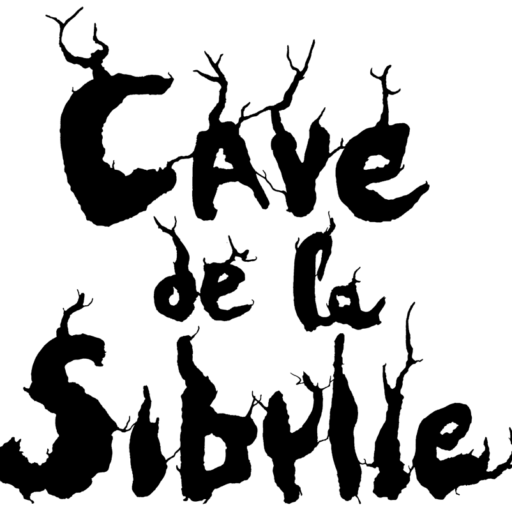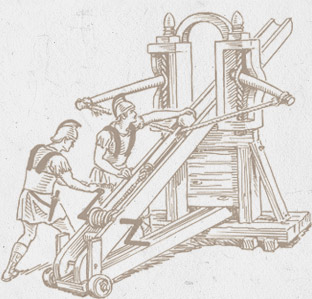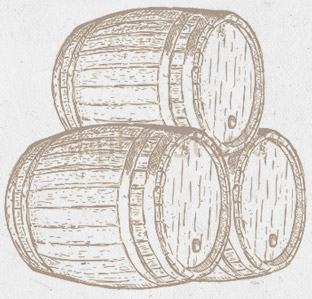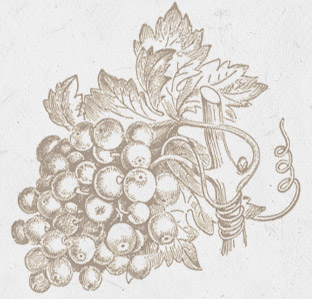La Cave
THE STORY
BACK TO THE HISTORY OF THE CAVE
In the 1990s, the game changed due to the ban on advertising to promote wine. Might as well turn it into an opportunity...

Drinking is a human trait, drinking good, fresh wine, and from wine we become divine.
When you think of the Loire, you think of châteaux.…
But who says Touraine, says wine ! So between the visit of Chateau d’Azay-le-Rideau and of the Forteresse de Chinon, why not show visitors around a tourist attraction dedicated to wine but also to the rich heritage of Panzoult? This is how the simple troglodytic cavity became a tourist cellar !
Touraine is one of France's most historically rich regions. The diversity of its heritage makes it an exciting region full of unusual discoveries.
The history of the cellar begins a long time ago...
First of all, you should know that the territory of Panzoult belonged to the Barjot de Roncée family for almost 200 years, from the 17th century until the French Revolution, and was sold as national property for £70,000 to Jean Desbordes Guertier de Chinon. It is precisely in this atypical location that we, 15 winegrowing families, have decided to tell you the story of this cellar ...
THE UNUSUAL HISTORY OF AN UNUSUAL PLACE
A PRODUCTIVE CAREER
This cellar is a former quarry used to extract tuffeau stone. You know, tuffeau, that beautiful white stone typical of Touraine that gives its buildings clarity and robustness. The stones extracted from this cellar were used to build many of the houses in the region, as well as monuments with strong historical roots, such as the Chateau de Panzoult, the Pressoir, the Pigeonnier and the Church of Saint-Vincent - our famous Patron Saint of Winegrowers.
LA RABELAISIE
Historically, the winegrowers of Panzoult did not set up their winery here straight away. The first wine fairs were held in the actual Sibylle caves, an ancient troglodyte dwelling in the forest at Moulin Girault (now closed to the public).
The owner of this private building opened his doors to the winegrowers of Panzoult so that they could display and taste their wines. This is the reason for the name of our cellar.
1980 AND THE PURCHASE OF THE CELLAR
The reputation of this 1st May Wine Fair quickly spread! It then became complicated for the owner to organise it on his private estate.
In the 1980s, the Mayor of Panzoult was looking for a permanent solution to host the Fair. The town council at the time launched a local fund-raising campaign to buy the Chatelier estate, including the land itself, and also the subsoil, including the Villeseaux quarry, where our tourist cellar is located today.
That's how Panzoult's winegrowers have been getting together every year since 1980... Even if it's changed a lot in 40 years!

THE REHABILITATED QUARRY
It took us 3 years to develop it, from 2002 (when the association was officially created) to 2005. The quarry was redefined as a cellar, although this cavity could not be used to store wine due to the lack of humidity.
We started using it in 2007, but only sporadically, when we winegrowers get together to share our wine creations and taste them in this unusual setting.
Over the years, the cellar has been used more and more. We decided to install a building to house a few vintages from each of the local winegrowers. In 2011 it was completed, and in 2012 it was used during the summer months.
OPENING TO THE PUBLIC
The business is growing, with the shop open from April to September, and in 2015 it will be open almost every day from February to December. The development of this "Maison des Vins", like wine tourism, has been a great success. The proof is in the number of visitors, which increases every year, and by 2022, 3,500 people will have discovered this unusual place.
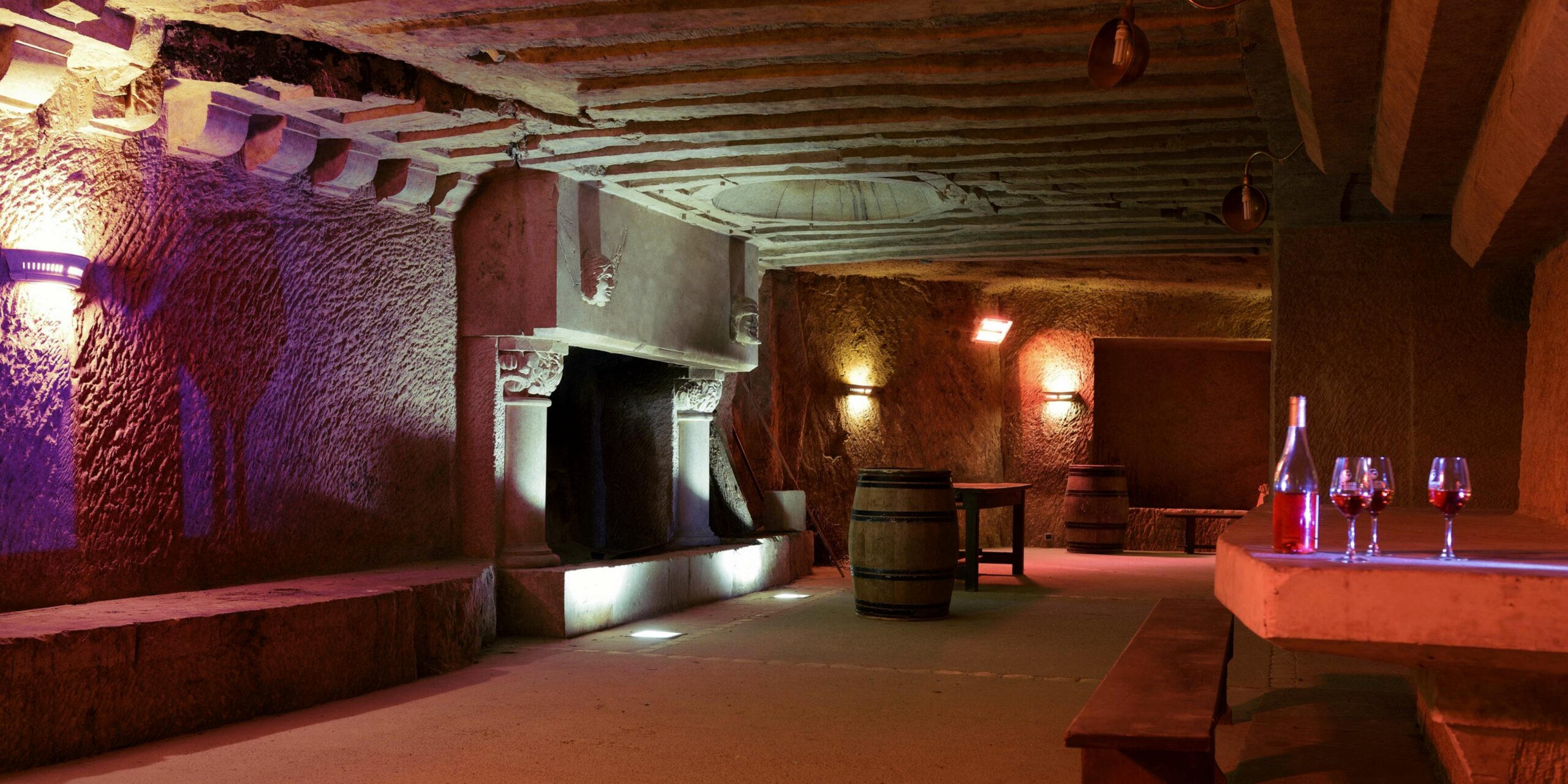
THE SPIRIT OF RABELAIS
An epicurean at the heart of our heritage
RABELAIS, THE BON VIVANT
What better place to discover the truculent Rabelais than in one of the passages from his Third Book?
"We're delighted to welcome you to our world and help you discover more than just a place, a state of mind! Rabelais means eating well, drinking well, talking loudly, laughing out loud... We are proud to represent this joyful and festive state of mind! So, if you too have the soul of a Rabelaisian, come and pay us a visit..."
Arnaud FLORENT – Domaine de Tillou
CHINON, RABELAIS & LA SIBYLLE
RABELAIS, THE CHINONAIS
François Rabelais (also known by the pseudonym Alcofribas Nasier, an anagram of François Rabelais, or Seraphin Calobarsy)
was born in La Devinière, near Chinon, in 1494, and died in Paris in 1553. He received a religious education and then studied law and medicine.
THE BIRTH OF THE SIBYL
It was in the 16th century, in the Croulay valley in the commune of Panzoult, that the thatched cottage of the Sibyl was built.
It was here that Rabelais set one of the episodes in the Third Book, in which Panurge and Epistémon come to consult a soothsayer on Pantagruel's advice.
A TRUE AMBASSADOR
This scholar is a Humanist writer and his work reflects the union of medieval comedy and Renaissance knowledge.
It is the most illustrious ambassador of its native land: "Chinon, Chinon, Chinon, Small town, great reputation, Sitting on ancient stone, Above the wood, at the foot the Vienne."
A TRIBUTE TO RABELAISIAN LITERATURE
A tribute to these legendary figures of French literature,
and to pass on the legacy that Rabelais entrusted to us, we wanted to bring this tale back to life in an unusual setting.
TO DISCOVER TOO
THE 15 WINE ESTATES
If Panzoult is rich in history, it is also rich in the many winegrowing families who have handed down the art of cultivating this local gold from generation to generation.
Since 2002, the Panzoult Winegrowers' Association has brought together around fifteen winegrowers from 15 independent estates.
It is thanks to this boundless passion for the land, the wine of course, and the local cultural and gastronomic heritage, that we, winegrowers eager to pass on our know-how, wanted to open to visitors beyond the Cave Touristique de la Sibylle, our "Maison des Vins et des produits du terroir".
As a true showcase of our identity, we invite you to come and discover us. We all have our own specificities, our own commitments and our own methods.
For the most part, our wines are made in our own vineyards.
For a large proportion of our winegrowers, the farming and winemaking methods used are the most traditional; for 7 of us, we have chosen to farm our crops using "Organic", "Reasoned" or "High Environmental Value" methods. Discover our estates...
